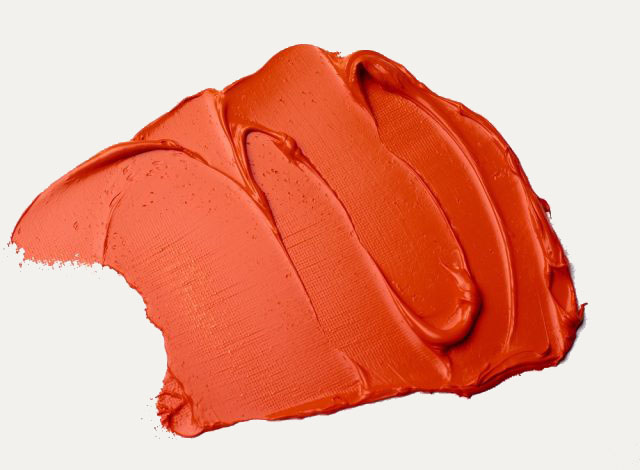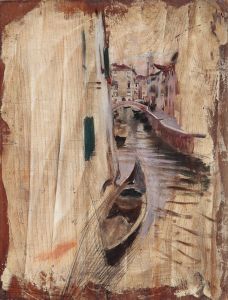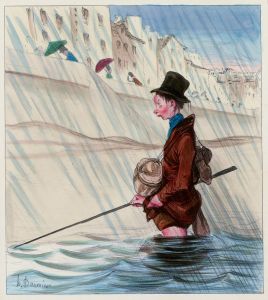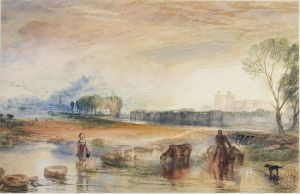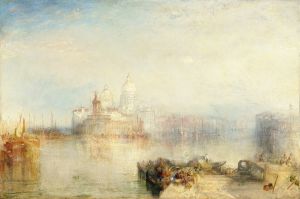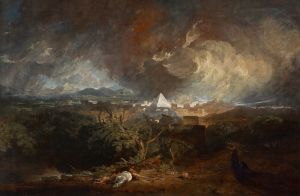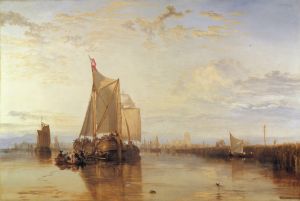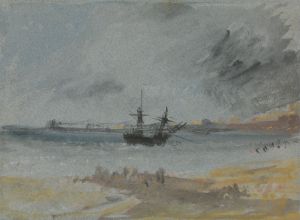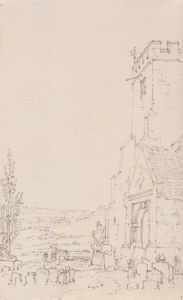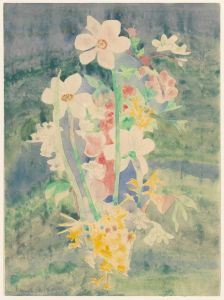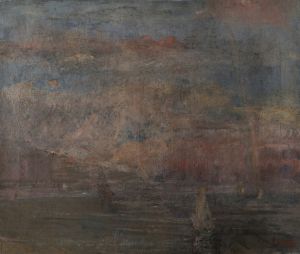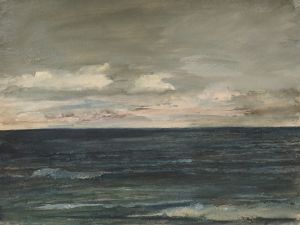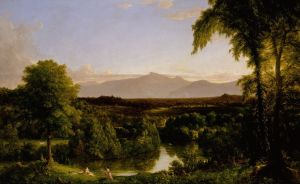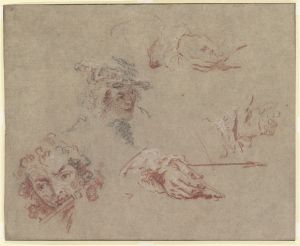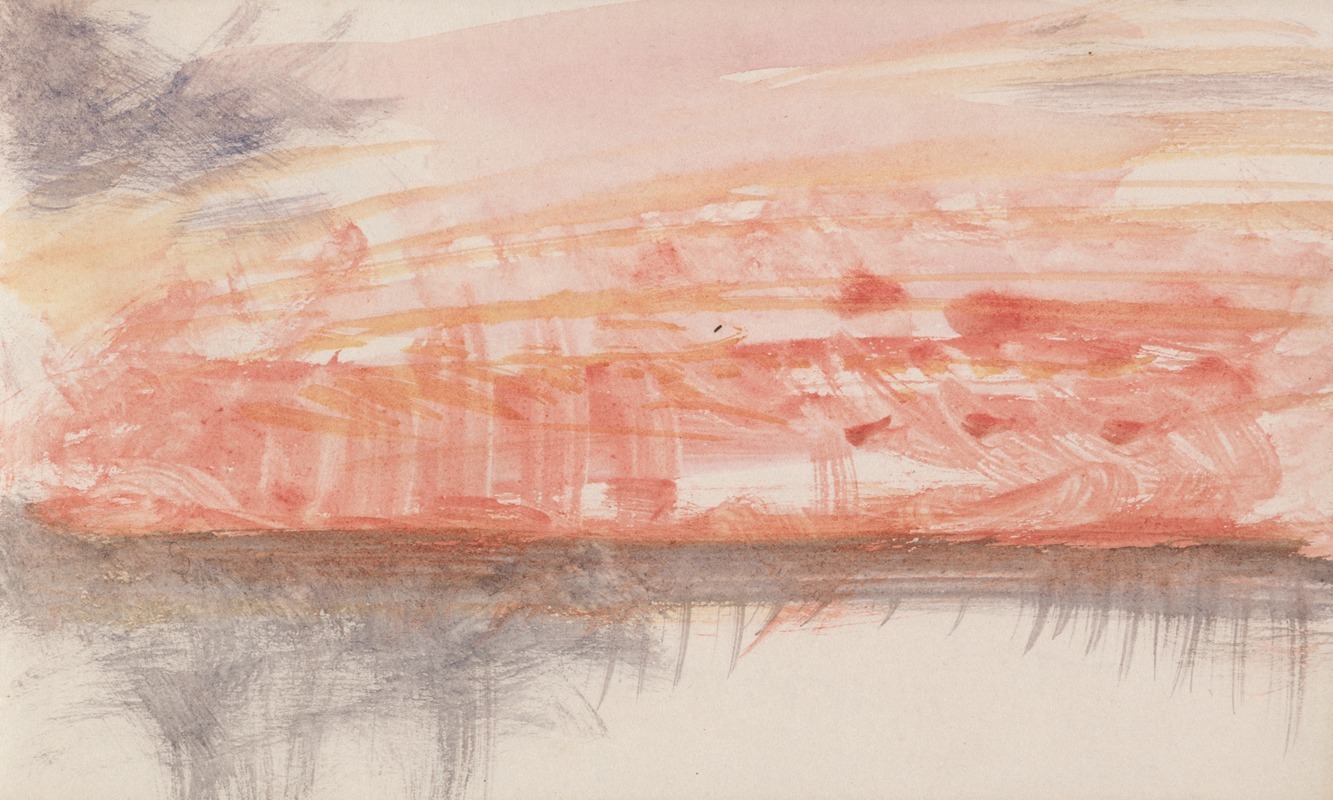
The Channel Sketchbook 25
A hand-painted replica of Joseph Mallord William Turner’s masterpiece The Channel Sketchbook 25, meticulously crafted by professional artists to capture the true essence of the original. Each piece is created with museum-quality canvas and rare mineral pigments, carefully painted by experienced artists with delicate brushstrokes and rich, layered colors to perfectly recreate the texture of the original artwork. Unlike machine-printed reproductions, this hand-painted version brings the painting to life, infused with the artist’s emotions and skill in every stroke. Whether for personal collection or home decoration, it instantly elevates the artistic atmosphere of any space.
Joseph Mallord William Turner, one of the most renowned British artists of the Romantic period, created The Channel Sketchbook 25 as part of his extensive body of work that explored landscapes and seascapes. This particular piece is part of the Channel Sketchbook, a collection of studies and sketches that Turner produced during his travels along the English Channel and surrounding coastal regions. The sketchbook, dated to around 1825, reflects Turner's fascination with the interplay of light, atmosphere, and water, themes that were central to his artistic practice.
The Channel Sketchbook is housed in the collection of Tate Britain, which holds the largest archive of Turner's works. It consists of numerous pencil sketches, many of which were preparatory studies for larger, more finished works. These sketches provide valuable insight into Turner's working process, revealing how he observed and recorded the natural world with remarkable precision and spontaneity. The sketches in this book are typically rendered in pencil, showcasing Turner's ability to capture the essence of a scene with minimal means.
The Channel Sketchbook 25 specifically is one of the pages from this sketchbook. Like many of the sketches within the book, it likely depicts a coastal or maritime scene, though the exact subject matter of this particular page may not be definitively identified. Turner's sketchbooks often served as visual diaries, documenting his travels and observations rather than being intended as standalone works of art. As such, the sketches are often quick and impressionistic, focusing on capturing the mood and structure of a scene rather than fine details.
Turner's Channel Sketchbook is significant not only for its artistic merit but also for its historical value. It provides a glimpse into the landscapes and seascapes of early 19th-century Britain and Europe, as well as Turner's innovative approach to capturing the transient effects of light and weather. The sketchbook also reflects Turner's deep engagement with the natural world, which was a hallmark of his career.
Further details about The Channel Sketchbook 25 specifically may be limited, as individual pages from Turner's sketchbooks are often studied in the context of the entire collection rather than as isolated works. However, the Channel Sketchbook as a whole remains an important part of Turner's legacy, illustrating his mastery of observation and his enduring influence on the art of landscape painting.


